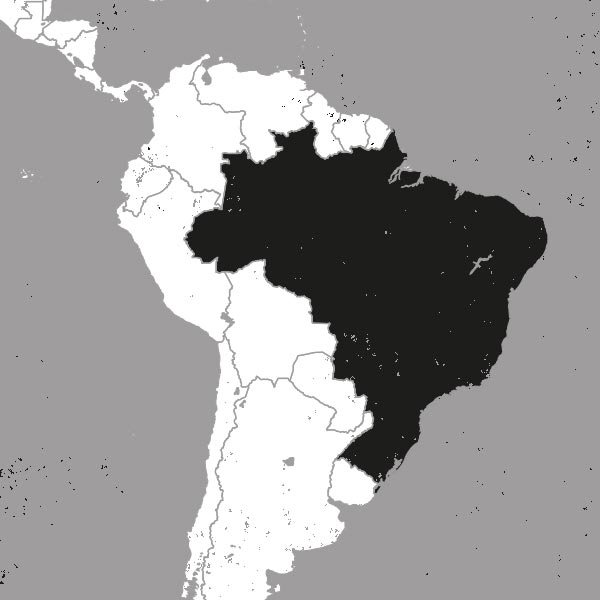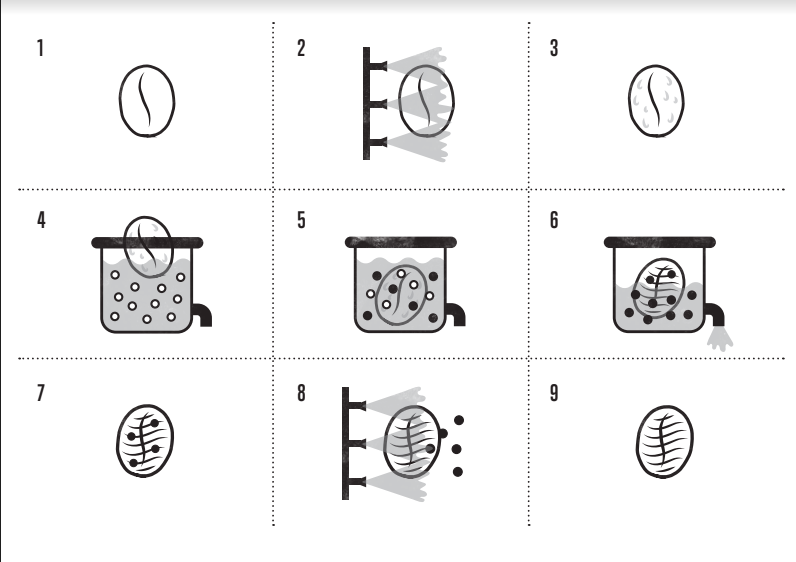
NEW YEAR, NEW DECAF
Minas Gerais, Brazil
Our exclusive Brazilian blend delivers a rounded stone-fruit flavour. Think intense black cherry and chocolate vibes, topped off with a super sweet, clean finish and a hint of brown sugar. Tommy, our head roaster, has been working closely with the quality team in Brazil to hone in on what this perfect profile looks like. At each stage of the journey, from the buying station to the warehouse, samples are taken and meticulously evaluated to ensure they meet our exacting standards. Whether checking for defects or assessing the aroma and flavour profile, the quality team works hard to curate that perfect flavour.
ORIGIN: Minas Gerais, Brazil
VARIETAL: Catuai, Mundo Novo and Bourbon
PROCESS: Natural & Water EA Decaffeinated
IN THE CUP: Chocolate Gateau, Black Cherry & Brown Sugar









